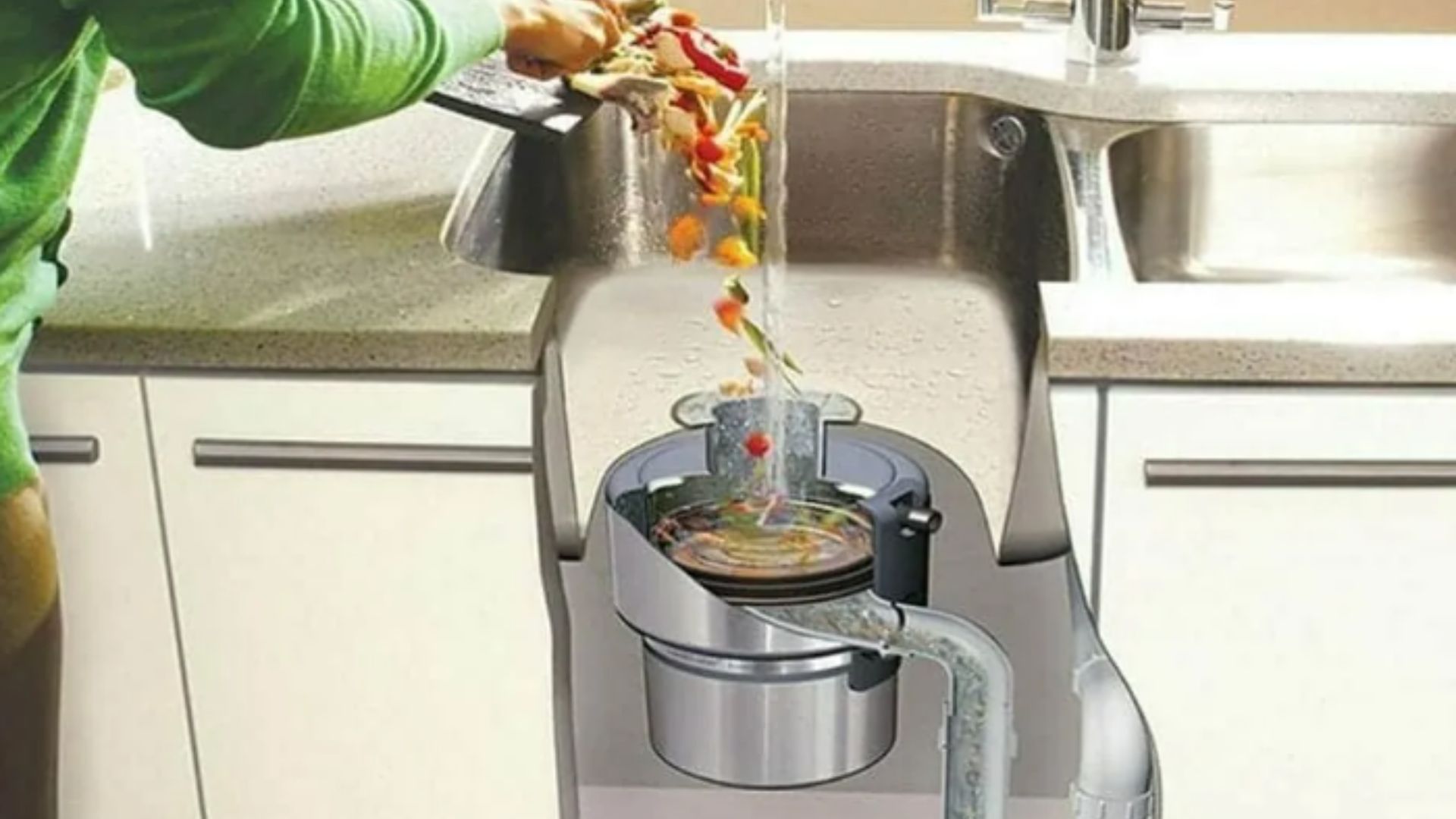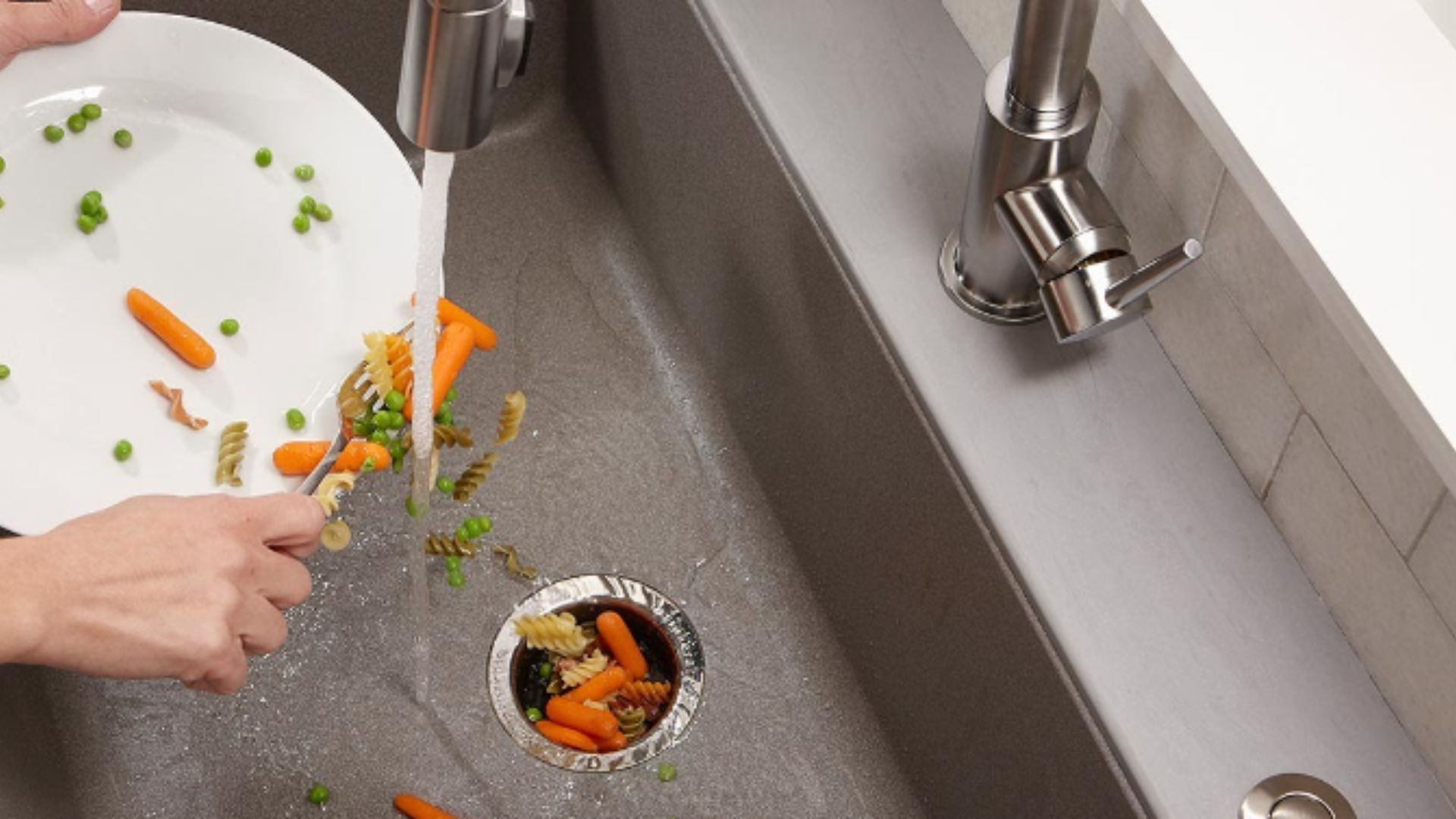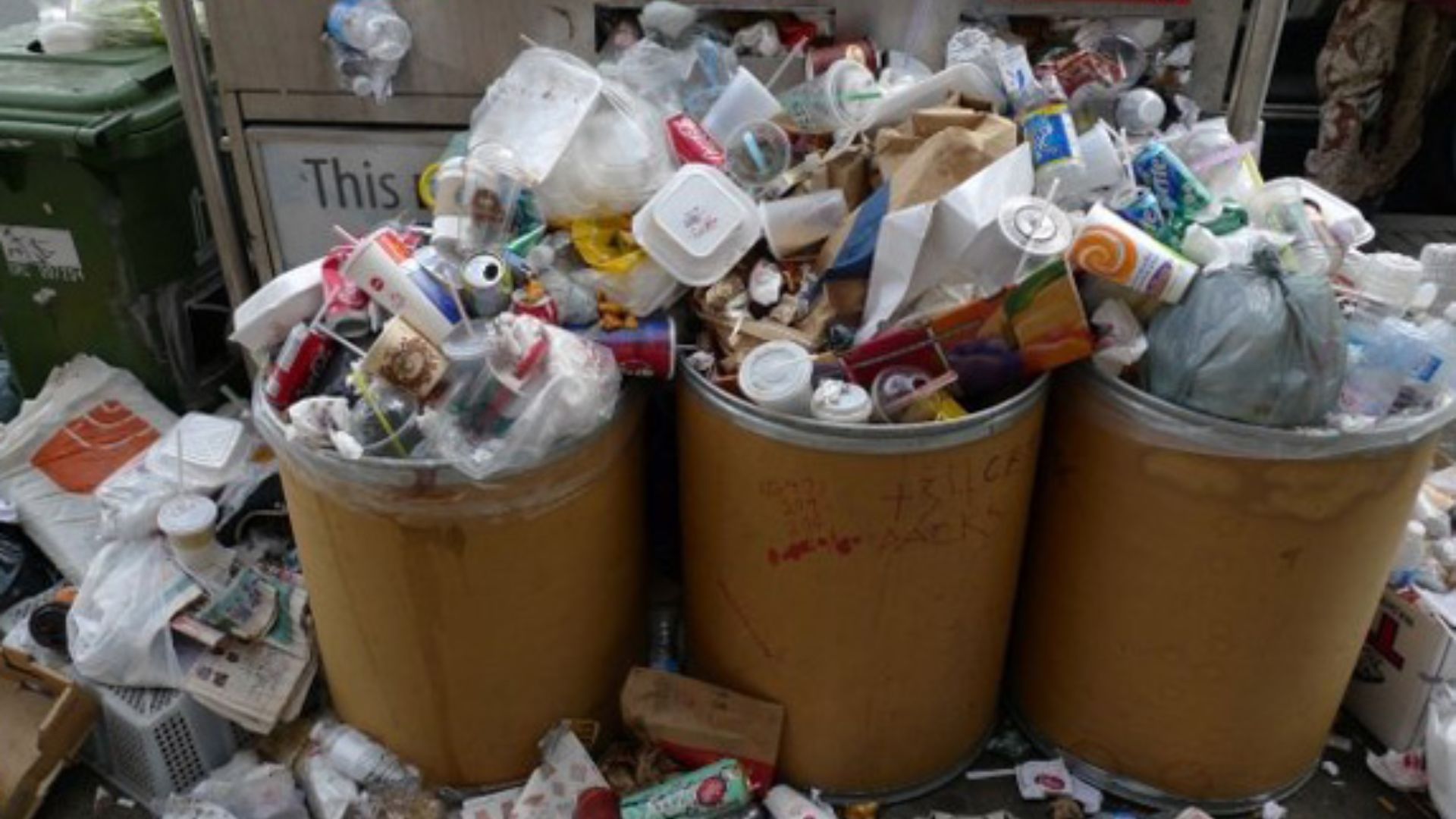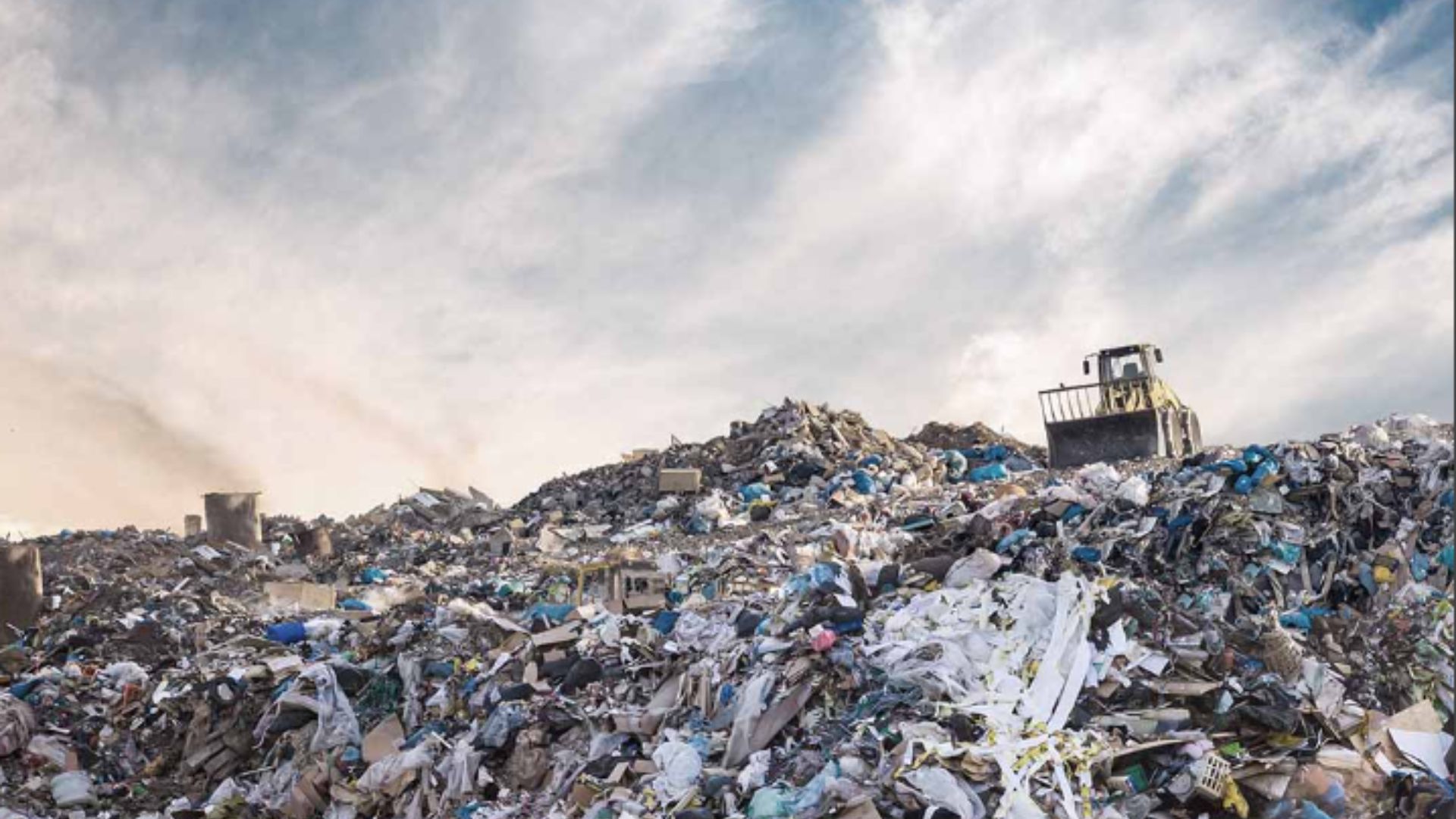The garbage disposal safety– a convenient kitchen hero that silently devours food scraps, keeping your sink clear and odor-free. But just like any superhero, it has its limitations. Knowing the garbage disposal do’s and don’ts is crucial for maintaining a happy and healthy disposal, preventing clogs, and avoiding costly repairs.
This blog post serves as your guide to mastering the art of garbage disposal safety. We’ll explore the friendly foods that meet their demise within the disposal and identify the culinary villains that should be banished elsewhere.

The Green Light Brigade: Foods Your Garbage Disposal Can Conquer
Your garbage disposal isn’t a bottomless pit, but it can handle a surprising variety of food scraps. Here’s a list of champions that get the green light:
Fruit and Vegetable Scraps
Peelings, cores, rinds, and leftover chopped veggies are all fair game.
Coffee Grounds (in moderation)
While some debate exists, small amounts of coffee grounds can be disposed of. However, avoid using them excessively as they can contribute to buildup.
Eggshells (occasionally)
Eggshells can actually help sharpen the blades. However, use them sparingly to avoid unpleasant odors.
Cooked Meat and Bones (limited amounts)
Small, boneless pieces of cooked meat and fish are okay. However, avoid bones of any kind, as they can damage the blades. When grinding any food scraps, always run cold water simultaneously. This helps flush away the particles and prevents them from accumulating within the disposal.
Foods to Keep Away from Your Garbage Disposal
Just like every hero has an arch-nemesis, your garbage disposal has a list of foes that can cause trouble. Here are the culinary villains to keep far away from your disposal:
Fibrous Materials
Celery stalks, corn husks, and artichoke chokes can tangle around the blades and cause jams. Compost these instead.
Fats, Oils, and Grease
These solidify in the disposal and pipes, leading to major clogs. Scrape excess grease from pots and pans before washing and dispose of it in a separate container.
Starchy Foods
Pasta, rice, and bread can turn mushy and clog the disposal. Opt for composting these items.
Nuts, Shells, and Seeds
These hard items can damage the blades. Dispose of them in the trash.
Coffee Grounds (in large quantities)
As mentioned earlier, excessive coffee grounds can lead to buildup and dull the blades.
Warning: Never pour harsh chemicals like bleach or drain cleaners down your garbage disposal. These can damage the internal components and potentially harm your plumbing system.
Extra Tips for a Happy Disposal
Here are some bonus tips to keep your garbage disposal functioning at its best:
Grind in small batches
Don’t overload the disposal with too much food waste at once.
Use ice cubes occasionally
Crushed ice cubes can help sharpen the blades and remove any lingering food particles.
Run the disposal for a few seconds after grinding: This ensures all the food scraps are properly flushed away.
Citrus peels
While not strictly harmful, citrus peels can leave a lingering odor. Consider composting them instead.
By following these garbage disposal do’s and don’ts, you can ensure your kitchen hero thrives for years to come. Remember, a little knowledge goes a long way in preventing plumbing problems and maintaining a smooth-flowing drain.
Conclusion
With the knowledge of garbage disposal safety tips, you can cultivate a harmonious relationship with this convenient kitchen appliance. Therefor, by feeding it the right foods and avoiding the troublemakers, you’ll ensure a happy and healthy garbage disposal that keeps your kitchen sink functioning optimally. So, the next time you reach for the disposal switch, remember the green light brigade and keep the villains at bay!



